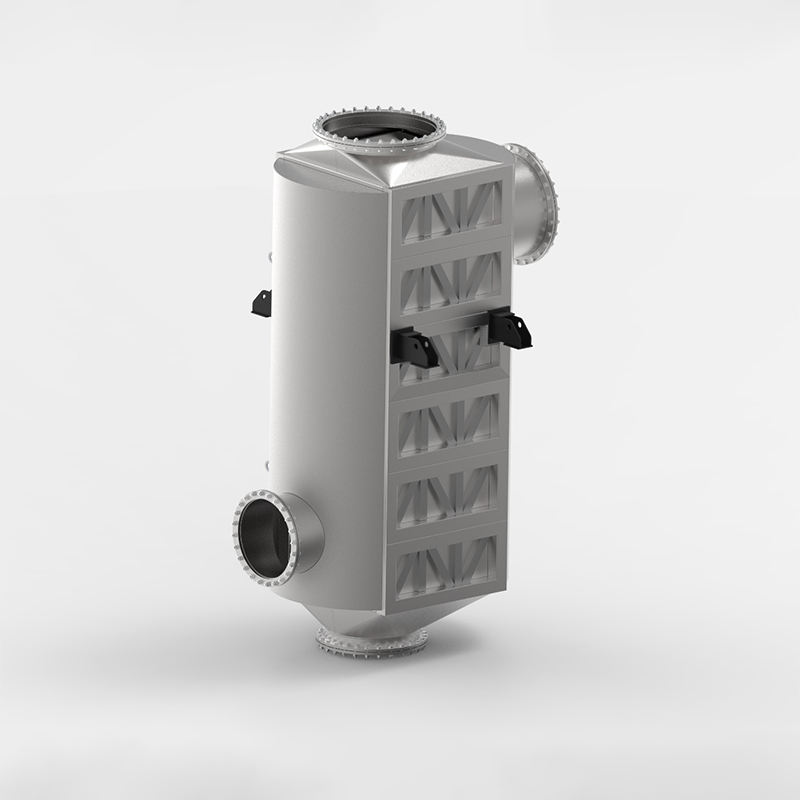5 key roles of plate heat exchanger gaskets.
Plate heat exchanger gaskets perform 5 key roles: ...
More
A heat exchange system is a technology designed to transfer thermal energy between two or more fluids or between a solid surface and a fluid, without mixing them. These systems are critical in industries such as HVAC, power generation, chemical processing, and refrigeration, where temperature regulation is essential. Heat exchangers come in various types, including shell-and-tube, plate, and air-cooled exchangers, each suited for specific applications. By optimizing heat transfer efficiency, these systems reduce energy consumption, lower operational costs, and enhance process reliability.
Heat exchange systems are widely used in commercial and industrial settings to maintain optimal temperatures in processes like steam generation, oil cooling, and waste heat recovery. For instance, in HVAC systems, they improve energy efficiency by transferring heat between indoor and outdoor air. According to industry reports, the global heat exchanger market is projected to reach $26.8 billion by 2027, driven by increasing demand for energy-efficient solutions. Modern advancements, such as microchannel and hybrid heat exchangers, further boost performance, making them indispensable in sustainable engineering practices.
Choosing a heat exchange system offers significant advantages, including energy savings, environmental benefits, and operational efficiency. These systems can recover up to 80% of waste heat in industrial processes, reducing fuel consumption and greenhouse gas emissions. For example, a study by the U.S. Department of Energy found that heat exchangers in manufacturing plants can cut energy costs by 20-30%. Their versatility allows integration into diverse applications, from food processing to renewable energy systems like solar thermal plants.
Additionally, heat exchange systems require minimal maintenance and have long lifespans, ensuring a high return on investment. With rising energy prices and stricter environmental regulations, industries are increasingly adopting advanced heat exchangers to comply with standards like ISO 14001. Leading manufacturers offer customizable solutions with materials like stainless steel or titanium, ensuring durability in corrosive environments. By leveraging cutting-edge designs, such as compact plate heat exchangers, businesses achieve faster heat transfer rates and compact footprints, ideal for space-constrained facilities.
Select the most popular foreign trade service products to meet your diverse needs
Learn more about the dynamics and professional knowledge of the foreign trade industry

Plate heat exchanger gaskets perform 5 key roles: ...
More
A gasket in heat exchanger seals surfaces, blocks ...
MoreAPI 662 defines standards for plate heat exchanger...
More
You can see clear differences between welded block...
More.jpg)
Plate air preheaters transform industrial processe...
More
Regenerative solutions, such as the Plate Air Preh...
MoreSelect the most popular foreign trade service products to meet your diverse needs
Explore more content related to foreign trade services

User Comments
Service Experience Sharing from Real Customers
John Smith
Mechanical EngineerThe heat exchange system is incredibly efficient and has significantly improved our plant's energy savings. Highly recommended!
Emily Johnson
HVAC TechnicianThis heat exchange system is easy to install and maintain. It works perfectly for commercial buildings with high cooling demands.
Michael Brown
Process EngineerOur production efficiency increased by 20% after installing this heat exchange system. The build quality is outstanding.
Sarah Davis
Facility ManagerReliable and cost-effective heat exchange system. It has reduced our operational costs while maintaining optimal performance.